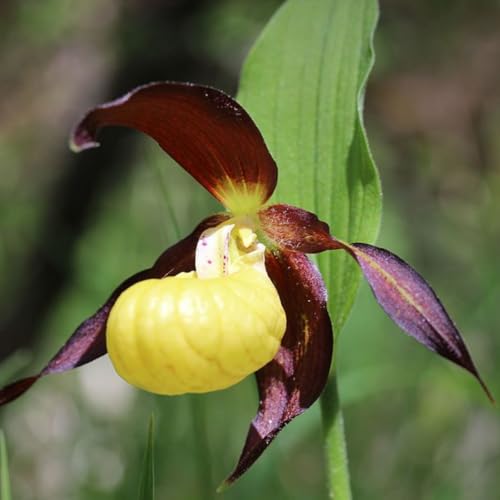You will have to explain why the statement is contradictory for me to reply.
If as Rick points out K concentration (in general ''balanced'' fertilizers) is the problem then a simple dilution of a ''balanced fertilizer'' could NOT be just as effective as k-lite. You would be diluting all other nutrients thereby reducing what is available to the plant.
It doesn't much matter how much you increase N and P to balance out the K if the K is at a toxic concentration.
Assuming we agree that we are feeding plants here, not fresh water inveratrates and not making chemical weapons, ( and we are dealing with very dilute formulations...say between 25 and 100ppm ),as has been said, K is NOT toxic to plants. Too much leads to interference with uptake of other elements. Obviously if we put a plant into a bag of potassium nitrate it would die. From salinity not poison.
I'm happy to read you at least agree that we are conflating separate issues: optimum N

:K and too much K.
I am aware of the two seperate issues but I am not conflating. I'm trying to point out the differences.
Some people feed at full strength concentrations some at 1/8. This could give a difference in K concentration of (for example) 200 mg/L and 25 mg/L of K. Little immediate difference will be noticed except for slowed growth if 1/8 or full strength was not optimum. However if you change the concentration of one element in isolation by 200% the effect would be profound. This is why determining the right ratio first is vital. Thereafter you can play with concentrations.
The way to determine ratio (balance) is from habitat data or trials in the nursery. None of the habitat data which I have seen comes close to K-Lite K/N. The all nitrate N is also a worry but that's another issue.












































